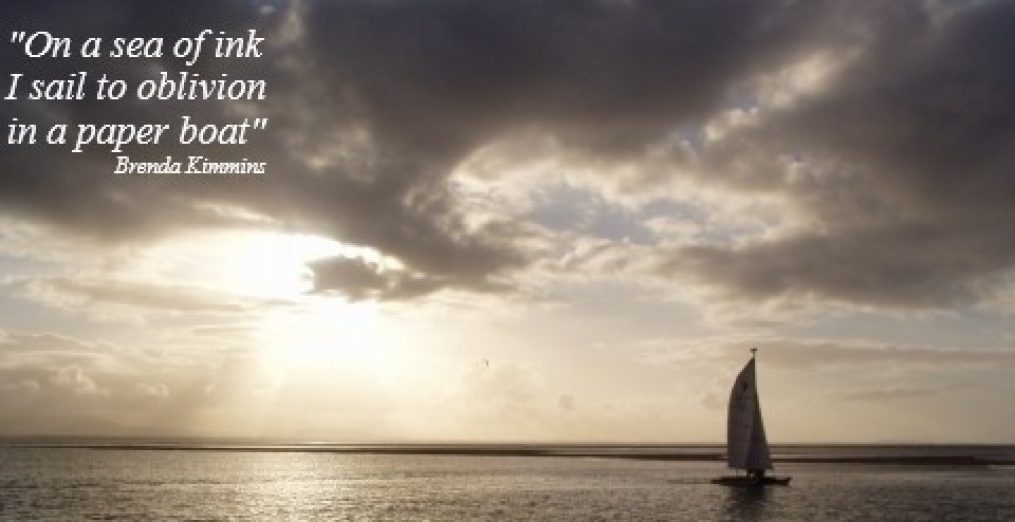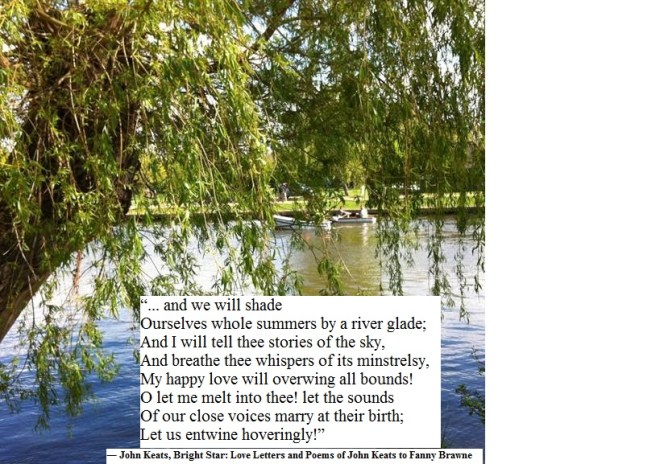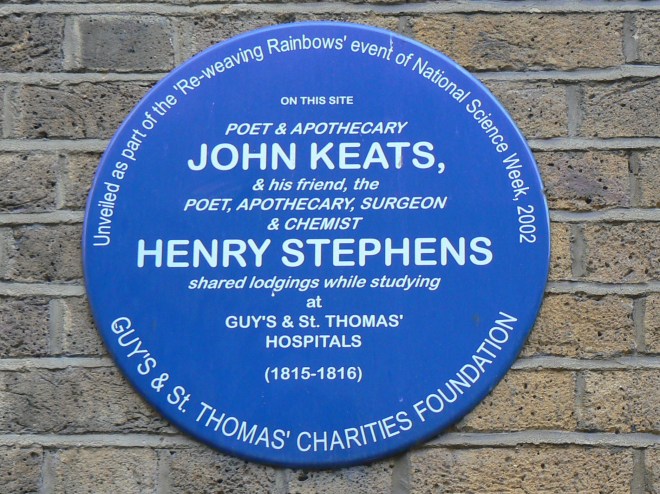
Can you guess what links the English Civil Wars (1642–1651) between Oliver Cromwell’s ‘Roundheads’ and King Charles’s ‘Cavaliers’, Samuel Pepys’ Diary, Charles Dickens’ ‘Old Curiosity Shop’, the famous Geordie inventor Robert Stephenson, a pub in London’s Covent Garden, and the Italian clown Joe Grimaldi?
Well, last night at WI we were enlightened and entertained by Professor Collywobbles, who managed to squeeze them all in to his talk on the history of Punch and Judy!
To be honest I was not keen to go. Having never been that keen on this traditional seaside entertainment, I was going to give it a miss. But I am so glad I went.
Now Punch and Judy shows would seem to be as British as fish and chips, but in fact we learned that they hark back to Italy’s commedia dell’arte, a type of improvised comedy based on stock characters. Punch is probably based on the character of Pulcinella, a nasty, aggressive fellow with a long, beaky nose.
We were told that the first reported show was seen on May 9th 1662, and was immortalized by no less than Samuel Pepys in his diary when he wrote about seeing, “an Italian puppet play…the best that ever I saw” in Covent Garden. It was performed by an Italian puppet showman, Pietro Gimonde, known as “Signor Bologna.” But they may well have started even earlier because of Oliver Cromwell. He closed all the theatres during the Civil War apparently, so sketches with puppets or Marionettes were put on at street corners and public places. These anarchic early shows were aimed at adults but children did gather to watch them with their family.
Before long, Punch and Judy shows had sprung up all over London. Judy was at that point known as Joan.
We heard how, by the 19th century, thanks in part to Robert Stephenson, the railways were taking off, and people were travelling to the seaside for days out or holidays. ‘Professors’ saw the opportunity to make money from the crowds and so they began tailoring their shows for children while still retaining some adult jokes. Thus began the tradition of Punch and Judy shows at the seaside.
Professor Collywobbles told us that early Punch plays would have been performed with marionettes, but as the show developed glove puppets were used. They were cheaper to make and easier to carry. Soon mobile booths were designed to carry everything in, and, covered in red and white cloth, these became the stage with the addition of a decorative proscenium arch. The man who operated the puppets was called a ‘professor’ and he often had an assistant who was called a ‘bottler’. The bottler would usually play a musical instrument, warm up the crowds, and collect money in a bottle. Sometimes a live dog, called Toby was used alongside the puppets.
Punch’s screeching voice was, and still is, created with the aid of a swazzle, which sits at the back of the mouth and is pushed to the side when other characters are ‘speaking’. It is quite difficult to understand all the words Punch says so the bottler or other puppet characters often repeat his lines.
I discovered that other countries have long had their own shows with the Pulcinella character. It was very popular in France. In America, George Washington is recorded as buying tickets for a puppet play featuring Punch in Pennsylvania in 1742.
I read that across Europe shows might star Punch himself, or St George and the Dragon, the Spanish Don Cristobal, the German Kasper, the Turkish and Greek shadow puppet star Karagoz, the elaborately costumed French icon Polichinelle, or the pleasant-faced comic, Guignol. Nowadays, In the USA The contemporary fan can see the Sid & Nancy Punk Punch & Judy Show in Brooklyn, or on the West Coast, catch a performance of Punch & Jimmy, which is Punch “with a Gay twist”.
The professor told us that in the UK, the storyline of a Punch and Judy show can be different in every performance, with stock characters ranging from crocodiles to policemen. Changing public taste and social awareness of issues like child abuse however, means that the traditional nature of the show is being adapted. ‘Unsuitable’ characters like the Devil or Pretty Polly, Punch’s mistress, are now less common, while Punch’s unacceptable habit of beating his wife and baby is often left out.
There is an annual gathering of Punch showmen in the grounds of St Paul’s Church, Covent Garden. In 2012 the TV reported that Punch and Judy professors from all over the world gathered at Covent Garden for “the Big Grin”, a celebration of Punch and Judy’s 350th anniversary. They performed in front of the Punch and Judy Pub. Built in 1787, this pub was thought to be named after the puppet show performances that took place in the nearby piazza for the children of flower-sellers – Covent Garden originally being a flower market.
A typical Punch and Judy show today will probably include traditional characters such as:
Mr Punch ~ a violent, rude and not at all politically correct, character who solves his problems by using a ‘slapstick’ which is where the phrase ‘slapstick comedy’ comes from, plus Judy ~ his long suffering wife and the Baby. There may also be a Policeman, a Crocodile, a Skeleton and a Doctor. Often there are props like sausages.
Joey ~ the clown, based on the real life Joseph Grimaldi (1778-1837) who was a tragic character and the world’s most famous clown, is a traditional character.
Other characters, which used to be regular but are now only seen occasionally, include Toby the dog, Hector the horse, Pretty Polly ~ Mr Punch’s mistress; the Devil, the Beadle, the Hangman ~ known as Jack Ketch, and Mr. Scaramouch.
Some characters are now only seen in historical re-enactment performances including the Servant or Minstrel, and the Blind Man.
My Collywobbles told us that he rarely uses other characters including Boxers, Chinese Plate Spinners, topical figures, a trick puppet with an extending neck (the “Courtier”) and a monkey.
Mr. Collywobbles certainly taught me to appreciate this art form and inspired me to go off and search the internet for more information. There is a basic plot or storyline in Punch and Judy which was actually printed in 1828. Prior to that the storylines were handed down and developed orally. But, like most good showmen, Mr. Collywobbles adapted his performance brilliantly to the audience, and kept the humour topical.
And as for Charles Dickens? Well he was a great fan of Joe Grimaldi and he loved Punch and Judy shows. In 1849 he wrote,
In my opinion the street Punch is one of those extravagant reliefs from the realities of life which would lose its hold upon the people if it were made moral and instructive. I regard it as quite harmless in its influence, and as an outrageous joke which no one in existence would think of regarding as an incentive to any kind of action or as a model for any kind of conduct. It is possible, I think, that one secret source of pleasure very generally derived from this performance… is the satisfaction the spectator feels in the circumstance that likenesses of men and women can be so knocked about, without any pain or suffering.
—Charles Dickens, Letter to Mary Tyler, 6 November 1849, from The Letters of Charles Dickens Vol V, 1847–1849
Charles Dickens referred to Punch and Judy shows in several of his books to make a point or draw an analogy. Indeed in the Old Curiosity Shop he introduces a Punch puppeteer and his Bottler in the characters of Short and Codlin. They meet and travel with Little Nell and her grandfather throughout rural England revealing a lot about life on the road.
All in all it was a great evening. True to the WI ethos it was inspiring and educational while being a lot of fun.

Joseph Grimaldi

Punch and Judy Shows

Professor Collywobbles

Professor Collwobbles’ puppets

Punch and Judy Pub, Covent garden

Punch and Judy




































 Before he gave his life to poetry, he had qualified as a surgeon-apothecary at Guy’s Hospital in London. But he had to give that up as his health was fading. There is a beautiful bronze statue of him in the garden of the hospital, which was unveiled in 2007 by another wonderful poet, Andrew Motion. I went to visit it with two of my dearest friends.
Before he gave his life to poetry, he had qualified as a surgeon-apothecary at Guy’s Hospital in London. But he had to give that up as his health was fading. There is a beautiful bronze statue of him in the garden of the hospital, which was unveiled in 2007 by another wonderful poet, Andrew Motion. I went to visit it with two of my dearest friends.



























































